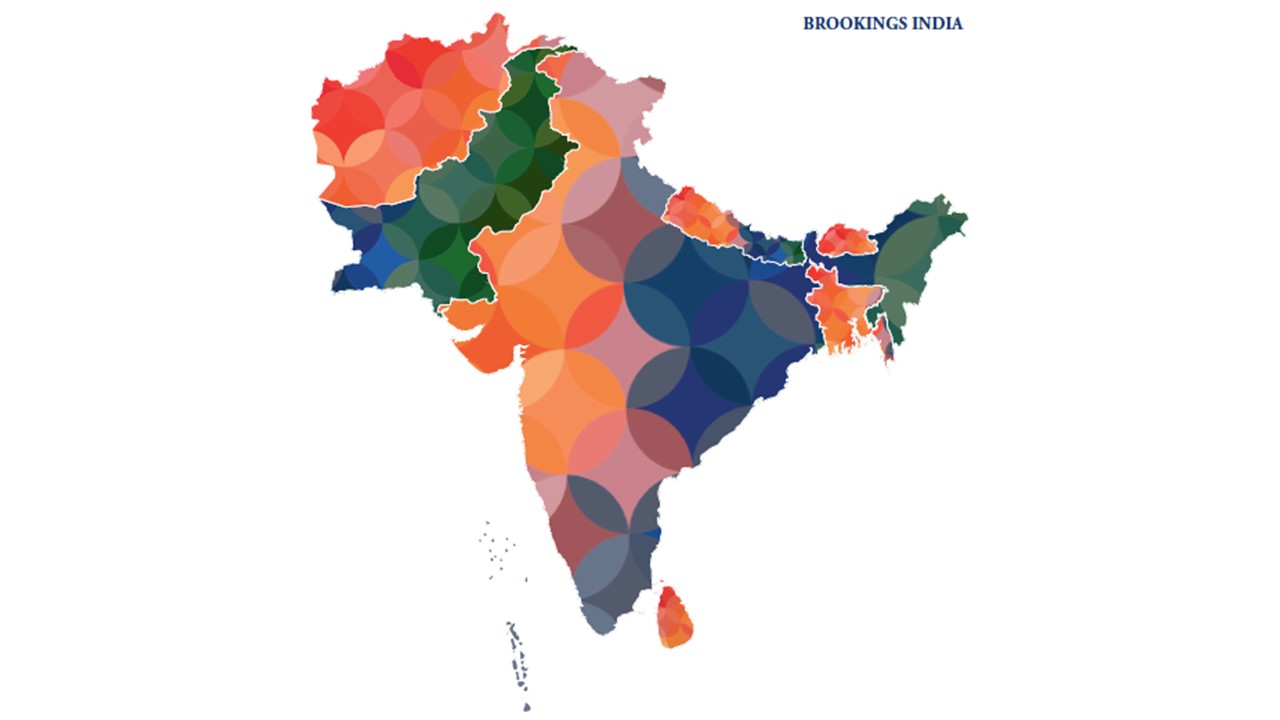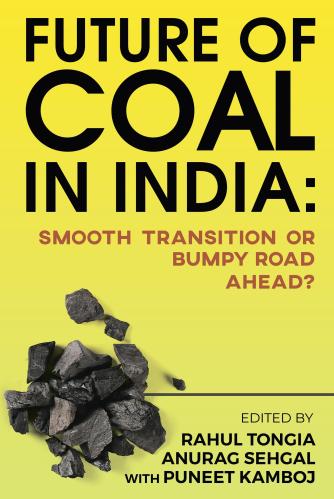Content from the Brookings Institution India Center is now archived. After seven years of an impactful partnership, as of September 11, 2020, Brookings India is now the Centre for Social and Economic Progress, an independent public policy institution based in India.
SAARC is one of the few (if only) regional organizations in the world that has more observers than it does member states. Among those observers are Australia, China, the European Union, and the United States. China’s role is perhaps the most discussed – not least because Beijing seeks to expand its role, potentially through full membership.
China faces challenges from the South Asian region, including concerns about instability in Pakistan and extremism. But South Asia also provides economic opportunity and strategic benefits, especially as China seeks a greater role in the Indian Ocean. Thus, China has been developing economic and political links with SAARC member states.
A number of SAARC countries have reportedly supported full membership for China, including ally Pakistan, as well as Nepal and Sri Lanka. For the smaller SAARC states, China is a growing economic player in their countries; moreover, having another large Asian state in SAARC presents the possibility of limiting India’s influence or playing one off against the other to elicit maximum benefits.
India has not been a supporter of full membership for China in SAARC. It has traditionally frowned upon too much external influence in South Asia (though it has worked with other third parties in the region to curb Chinese influence).
Those in India who support Chinese membership assert that, through geography and its links with SAARC members, China is a “South Asian” country. They note that the region and the Sino-Indian relationship could benefit from Chinese membership. Other analysts state that SAARC is not that relevant any way and thus there would be little harm in including China. Yet others note that China is already engaging with South Asian countries bilaterally in a way that excludes India; this way India could be part of that engagement.
Those who oppose Chinese membership, including within the Indian government, question the inclusion of a non-South Asian country. Their concerns include China potentially dominating the organization and working against India interests within it; Sino-Indian political difficulties limiting SAARC’s effectiveness and activities, as India-Pakistan ones have done; and Sino-Indian interactions within SAARC exacerbating China-India mistrust.
The question of how India should view China’s role calls first for an assessment of the role and function of SAARC itself. There needs to be an analysis of the purpose of observers, and their role. Relatedly, there needs to be an assessment of whether an expanded role for observers will (a) increase or decrease the organization’s effectiveness (b) hinder or help India’s interests?
Any assessment of China’s role needs to factor in India’s perception, as well as the current and future direction of the relationship. It also requires analyses of China’s relations with individual SAARC members and its approach to the region. Policymakers and analysts have to assess what China will bring to the table as a full member and whether its inclusion will advance or impede SAARC’s mission. The implications of full membership are crucial, given that it comes with a veto. After all, in other fora like the Asian Development Bank, Beijing has vetoed some Indian projects for political reasons. Moreover, if there is a membership expansion, why only China?; why not others, such as Myanmar and Iran from the broader region, and Japan and the U.S. from beyond it?
Beyond China’s role in SAARC, Indian policymakers are faced with the reality of Chinese influence in the neighborhood that will only likely increase in the future. The implications are not all negative – India and its companies, after all, can potentially benefit from Chinese investment in South Asia, especially if it improves connectivity, livelihoods and, ideally, stability.
However, expanded Chinese activity has caused apprehension. There is still — and perhaps growing — concern and uncertainty about Chinese behavior and its leadership’s intentions. There are also questions about whether China’s leaders will use economic influence as a tool of political pressure. On the flip side, it hasn’t been clear that China is willing to use political leverage to enhance regional stability (as opposed to its own security), for example, with Pakistan. Moreover, hopes of economic interdependence enhancing strategic cooperation between countries have delivered mixed results.
It is also natural that the smaller SAARC states have been increasing their links with China. They see economic benefits from engaging with this rising Asian giant – as do many Indians – and also a way to garner Indian interest and some competitive courting. Indian policymakers and analysts objecting loudly to these links is futile and, arguably, counterproductive.
An effective Indian approach requires presenting a viable alternative. It means convincing SAARC countries that it wants to take them along on the path to economic prosperity. This wouldn’t be doing these countries a favor – rather, it is in India’s economic and security interests. This does not mean backing down when India has security concerns (e.g. counter-terrorism). It does mean showing favor at times (for example, giving up on certain demands for larger gains overall). It means working with Indian states that neighbor SAARC countries to move cooperative initiatives forward. It means working with China when that can be constructive. And it also means recognizing that if India doesn’t help fill the regional connectivity vacuum — perhaps working with some of the other observer states — it’ll be no surprise if China does.
_______________________________________________________________________________
This chapter is a part of Brookings India’s briefing book, “Reinvigorating SAARC: India’s Opportunities and Challenges.” To view the preface and table of contents, click here.
***
Tanvi Madan is a fellow in the Foreign Policy program and director of The India Project at the Brookings Institution. Madan’s research focuses on Indian foreign policy. She is currently working on a book on the China factor and the U.S.-India relationship.
_______________________________________________________________________________


